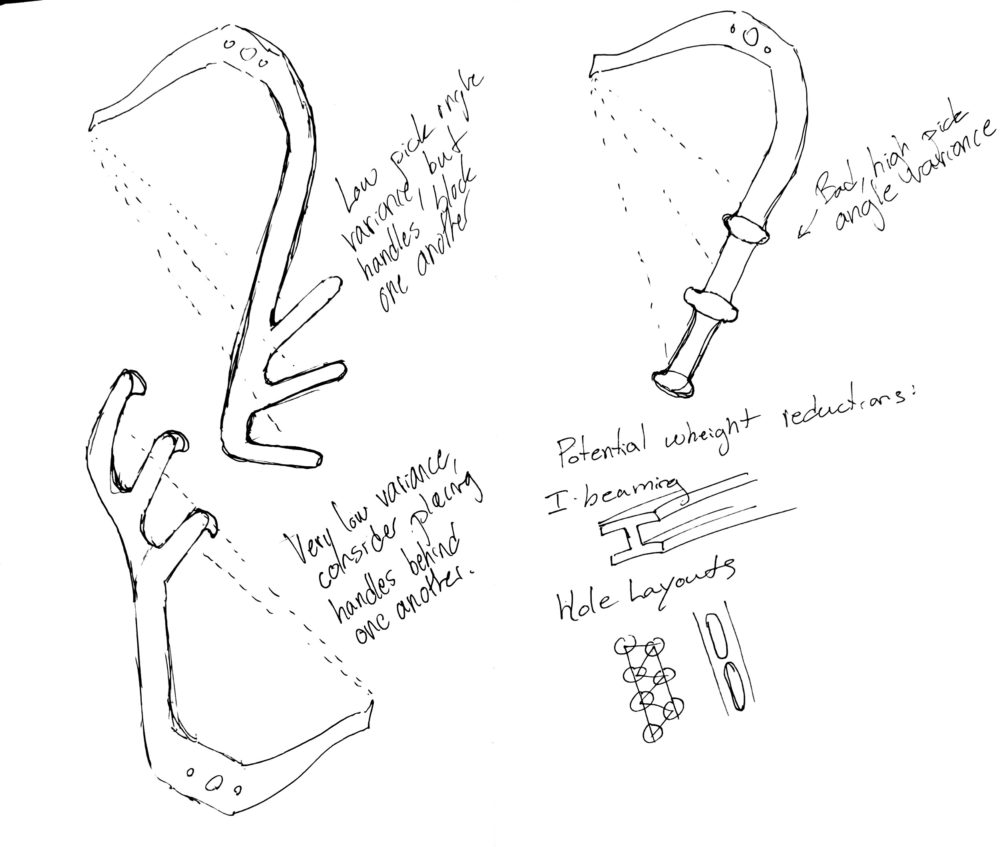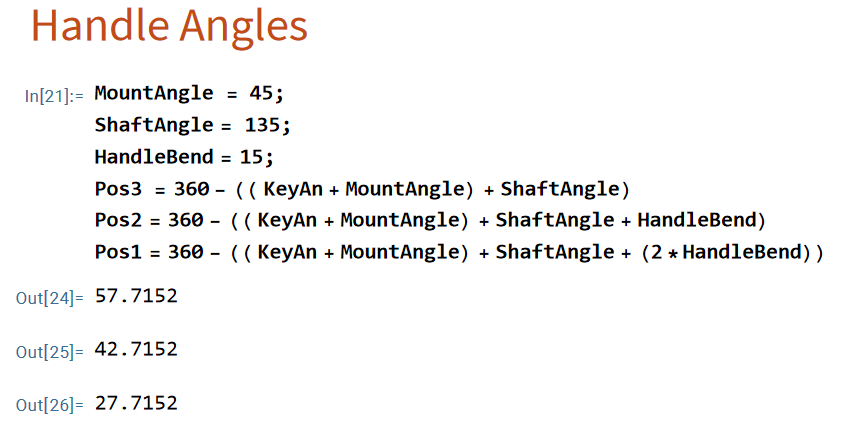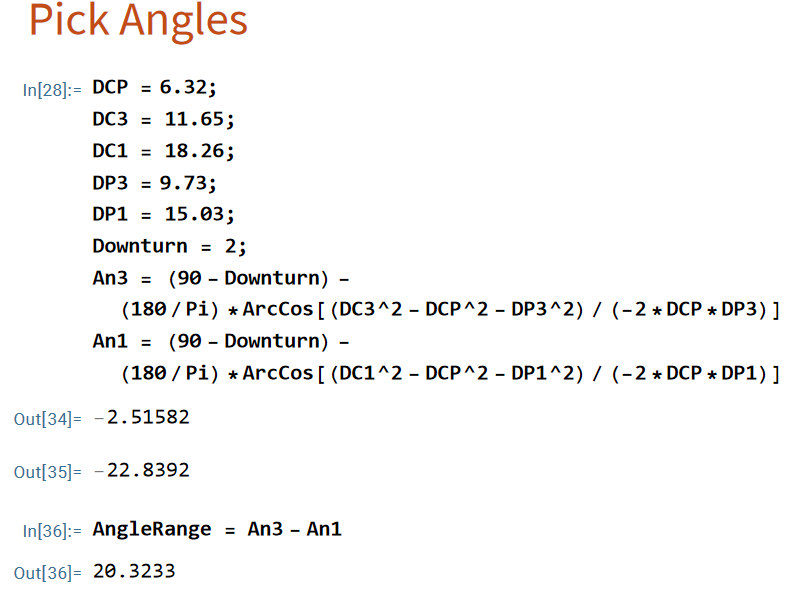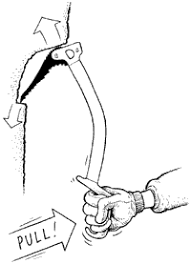Hello all,
If you haven’t seen my previous posts about this project, I’ve been designing a pair of competition ice tools.
 Specifications:
Specifications:
- Three separate hand positions
- The best and most advanced competition-style dry tools have three hand positions. This is because highly technical routes require you to frequently put both hands on the same tool in order to swap hands or hand positions. This is achievable with only two hand positions, but for any given move you are locked into the positioning in which you initiate the move. The addition of the third handle allows you to essentially play three-card-monte, moving either hand to any position at any time.
 Pick angle
Pick angle
- Ice picks are sharp, but in order to stay on a hold or in the ice, they have to be pointing downward. This might seem like a trivial thing to achieve, but it’s by far the most challenging design puzzle because if the angle is too shallow, the pick won’t stay on small holds, but if the angle is too steep you would just be swinging the blunt top of the pick into the ice instead of the sharp point. Moreover, each distinct hand position has a different pick angle, and they can’t all be in the same location, which makes the pick angle variance for three position tools very high.
- For this reason, there are currently no three-position tools on the market that are calibrated for both dry-tooling and ice climbing, since the pick angles required for each are different, and the three-angle layout drastically increases the variance. I’ve been attempting to design a universal, three-position ice tool, which currently doesn’t exist.

Constraints:
- Strength
- Ice tools undergo huge strain. Of course, when you’re hanging most of your body weight off of a blade there are significant forces involved, but modern technical dry-tooling multiplies these forces by orders of magnitude when introducing camming or steining techniques.
- A ‘stein’ is a move that involves inverting the tool and camming the pick under a chunk of rock, ice, or plastic. The torque involved is massive and I’ve seen it snap a 3/16ths chromoly steel ice pick.
 Size
Size
- The UIAA, the governing body for competitive ice climbing, requires that all tools fit within a 50 x 30 x 6.5 cm box and have no mechanical attachment to the hand.
- Weight
- There is no strict rule about how heavy or light a tool has to be, but you have to be able to hold two of them above your head for many minutes at a time. Good ice tool technique involves primarily your wrist, they can’t be so heavy that they are a burden to swing.
- Time
- Lastly, of course, there is only so much time in the semester to make the tools, and since the plan is to mill them out of an aluminum plate, I will need to be efficient with the time I spend in the machine shop.

3 Comments. Leave new
Cool idea! Have you considered any other materials in case time doesn’t allow for machining?
It seems like you have a lot of knowledge regarding ice climbing. I recently watched a show on Netflix called Physical: 100 and one of the finalists was a competitive ice climber and that stood out to me because I feel like its not a well known sport. Glad to see you are getting into detail with it!
Regarding the MATLAB code for pick and handle angles was this something you developed on your own or is this a standard for the world of ice climbing.
Excited to see your final result!
I am happy to see another project with the same focus; I can’t wait to see how they compare.